Introduction
Tea, a beloved beverage consumed globally, is prized for its diverse flavors, aromas, and cultural significance. However, like any perishable good, tea leaves are susceptible to spoilage, with mold growth being a critical concern. Moldy tea not only compromises taste and quality but also poses severe health risks. This article delves into the visual, olfactory, and tactile indicators of mold on tea leaves, explores the underlying causes of contamination, and outlines actionable steps to prevent spoilage. By understanding the nuances of mold identification, tea enthusiasts can safeguard their health and preserve the integrity of their collections.
Understanding Tea Storage and Spoilage
Tea leaves, whether processed as green, black, oolong, or pu-erh, are organic matter rich in moisture, oils, and nutrients—ideal conditions for microbial growth. Mold, a type of fungus, thrives in warm, humid environments with poor air circulation. Key factors contributing to mold growth include:
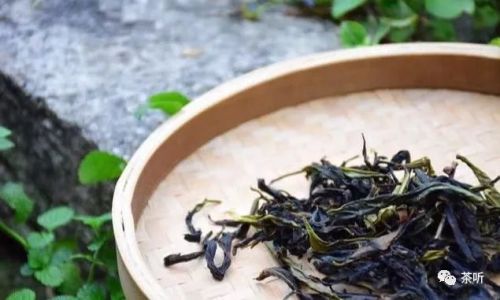
- Humidity Levels: Tea stored above 65% relative humidity becomes a breeding ground for mold.
- Temperature Fluctuations: Warmth accelerates mold spore germination; temperatures between 77°F (25°C) and 86°F (30°C) are optimal.
- Improper Containers: Non-airtight packaging exposes tea to moisture and contaminants.
- Cross-Contamination: Storing tea near strong-smelling foods or mold-prone items (e.g., bread, coffee) increases risk.
Certain teas are more vulnerable:
- Aged Teas: Pu-erh and some oolongs undergo intentional microbial fermentation, but improper aging can lead to unwanted mold.
- Loose-Leaf Teas: Broken leaves expose more surface area to moisture.
- Flavored Teas: Added ingredients like fruit pieces or oils attract mold.
Visual Signs of Moldy Tea
Mold manifests in distinct ways, differing from harmless tea dust or natural leaf variations. Key indicators include:
1 Fuzzy or Powdery Texture
Mold colonies often appear as:
- White, Gray, or Green Fuzz: Resembling cobwebs, these filaments (hyphae) indicate active growth.
- Black or Blue-Green Spots: Mature mold may develop darker hues as spores mature.
- Clumped Particles: Unlike loose tea dust, mold adheres in patches, sometimes forming a cohesive layer.
2 Color Anomalies
Healthy tea leaves retain their natural tones (e.g., green for unoxidized, black for fully oxidized). Mold disrupts this:
- White Mold: Common in high-humidity environments, often accompanied by a musty odor.
- Green Mold: Associated with Penicillium species, which produce allergenic compounds.
- Black Mold: Linked to Aspergillus niger, a potential mycotoxin producer.
3 Growth Patterns
Mold tends to colonize:
- Edges of Tea Cakes: In compressed teas like pu-erh, mold may start at the perimeter.
- Folds and Creases: Loose-leaf tea stored in folded paper or cloth may develop mold in crevices.
- Surface vs. Subsurface: While some molds grow externally, others penetrate leaf tissues, making detection harder.
4 Distinguishing Mold from Bloom
Aged teas like pu-erh sometimes develop a white, crystalline “bloom” (a sign of beneficial fermentation). Unlike mold, bloom:
- Has a Dry, Powdery Texture: Mold feels damp or slimy.
- Dissipates When Breathed On: Bloom temporarily vanishes with moisture, while mold persists.
- Lacks Odor: Bloom is odorless; mold emits a pungent, earthy smell.
Olfactory and Taste Indicators
Mold alters tea’s sensory profile long before visible signs emerge:
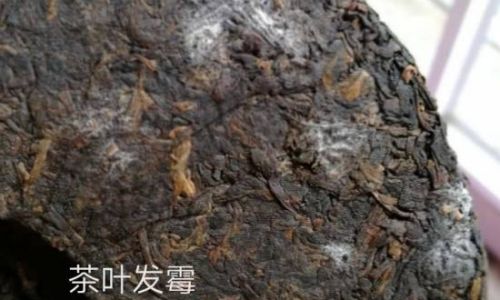
1 Musty or Earthy Aroma
- Damp Basement Scent: A red flag, especially in teas stored improperly.
- Sour or Fermented Odor: Overstepped fermentation vs. mold—the latter has a sharper, unpleasantly pungent edge.
2 Altered Flavor Profile
Mold-contaminated tea may taste:
- Astringent or Bitter: Beyond the natural tannins of tea.
- Stale or Flat: Loss of vibrancy, even in fresh-looking leaves.
- Chemical Aftertaste: Residual mycotoxins leave a lingering, unpleasant sensation.
Health Risks Associated with Moldy Tea
Consuming moldy tea exposes individuals to harmful compounds, including:
1 Mycotoxins
- Aflatoxins: Produced by Aspergillus species, these are potent carcinogens.
- Ochratoxin A: Linked to kidney damage and immune suppression.
2 Allergens and Irritants
Mold spores and fragments can trigger:
- Respiratory Issues: Coughing, wheezing, or asthma attacks.
- Skin Reactions: Rashes or itching in sensitive individuals.
3 Gastrointestinal Distress
Ingesting moldy tea may cause nausea, vomiting, or diarrhea, particularly in immunocompromised people.
Prevention and Proper Storage Techniques
Mitigating mold risk requires diligent storage practices:
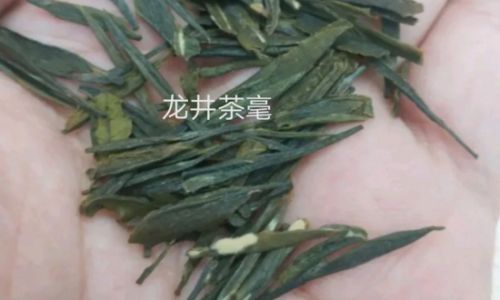
1 Optimal Storage Conditions
- Humidity Control: Use desiccants (e.g., silica gel) or humidity-regulating containers (e.g., ceramic jars with rubber seals).
- Temperature Stability: Store tea below 75°F (24°C), away from heat sources like ovens or sunlight.
- Aeration: For aged teas, brief airing (every 6–12 months) prevents stagnation without risking contamination.
2 Container Selection
- Opaque, Airtight Vessels: Ceramic, tin, or dark glass jars protect against light and moisture.
- Avoid Plastic: Porous plastics trap odors and may leach chemicals.
- Layering: For large quantities, divide tea into smaller batches to minimize exposure when opening containers.
3 Purchasing and Handling Tips
- Source Reputably: Buy from vendors with strict quality control and transparent aging practices.
- Inspect Before Use: Even sealed teas should be checked for discoloration or off-odors.
- Rotate Stock: Use older teas first to prevent prolonged storage.
Mold vs. Other Tea Alterations
Differentiating mold from natural processes is essential:
1 Oxidation vs. Mold
- Oxidized Tea: Black tea’s dark color results from enzymatic browning, not mold.
- Mold: Introduces foreign colors (e.g., green, black) and textures.
2 Caffeine Crystals
- Frost-Like Sheen: Some teas develop caffeine crystals, which are shiny and odorless.
- Mold: Matte, fuzzy, and fragrant.
3 Trichomes on Tea Leaves
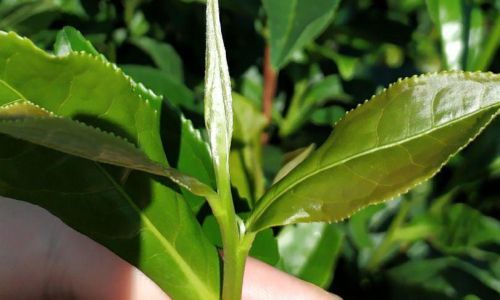
- Hair-Like Structures: Young tea buds have fine trichomes (not mold), which are uniformly distributed and white.
- Mold: Irregular patches with uneven edges.
What to Do If You Discover Moldy Tea
Immediate action is critical:
1 Discard Safely
- Seal in a Bag: Prevent spore dispersal.
- Do Not Compost: Moldy tea can contaminate compost piles.
2 Sanitize Storage Areas
- Wipe Containers: Use vinegar or hydrogen peroxide to disinfect.
- Check Adjacent Teas: Mold spores spread easily; inspect all stored teas.
3 When in Doubt, Toss It Out
Even trace mold can proliferate rapidly. Prioritize health over saving a small quantity of tea.
The Science Behind Mold Growth on Tea
Mold spores are ubiquitous, awaiting moisture and nutrients to germinate. Tea leaves, with their organic compounds, provide an ideal substrate. The fungal life cycle involves:
- Spore Germination: Under favorable conditions, spores sprout hyphae.
- Colonization: Hyphae secrete enzymes to break down leaf matter, forming a network (mycelium).
- Sporulation: Mature colonies release new spores, perpetuating the cycle.
Conclusion
Mold on tea leaves is a preventable issue requiring vigilance and education. By mastering visual cues, olfactory checks, and storage best practices, tea lovers can enjoy their brews safely. Remember, the adage “when in doubt, throw it out” applies here—no tea is worth risking health. Proper care not only preserves flavor but also honors the artisanal effort behind every leaf. Whether you’re a casual drinker or a seasoned connoisseur, staying informed ensures that every cup remains a source of pleasure, not peril.

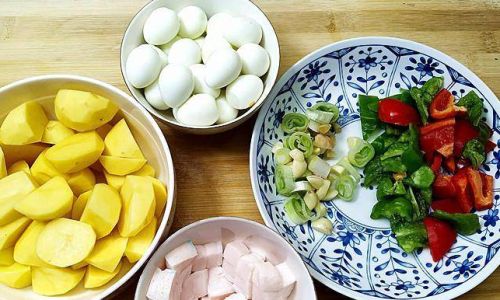
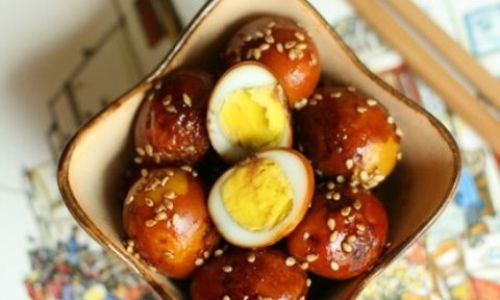
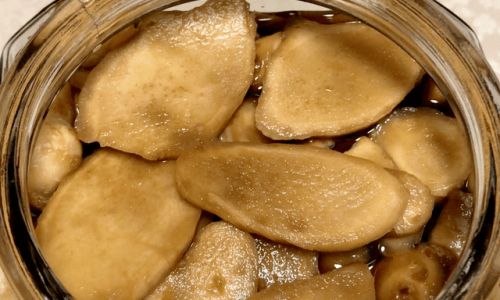
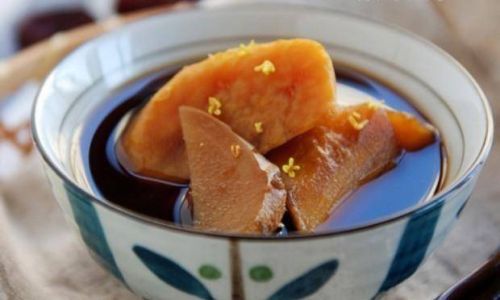
0 comments